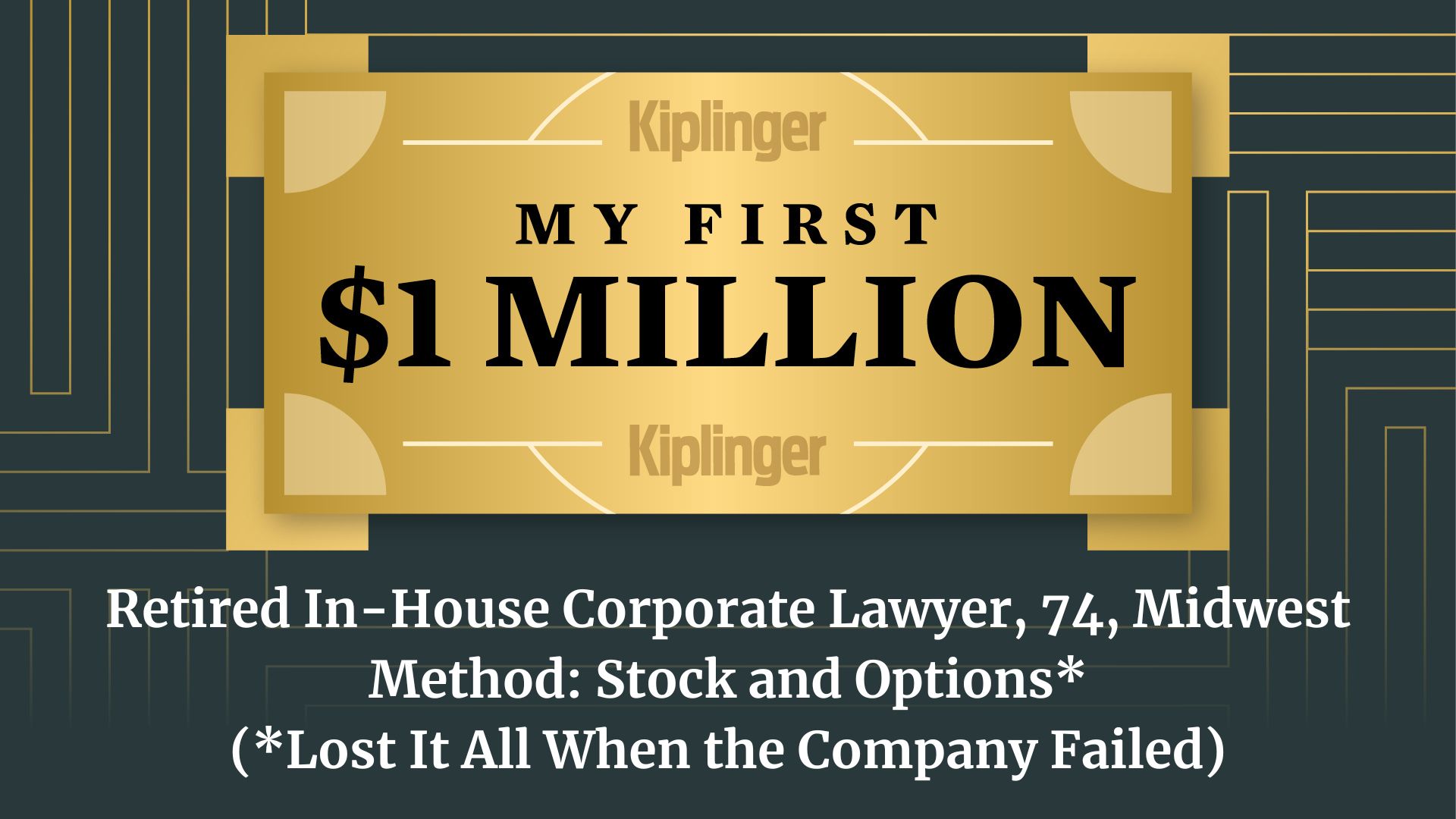The New 60/30/10 Budgeting Method
In today’s inflated economy, the 60/30/10 budgeting method could be a better option for your financial situation than the traditional 50/30/20 rule.


As inflation strains an increased number of household budgets, many financial advisers are finding that the 60/30/10 budgeting method is a better fit for households than the long-standing 50/30/20 budgeting model.
The 50/30/20 rule, created by U.S. Senator Elizabeth Warren in her book All Your Worth: The Ultimate Lifetime Money Plan, has been a gold standard for budgeting since 2006. The method advises individuals to allocate 50% of their income towards necessities, 30% towards “wants” and 20% towards savings and paying down debt.
However, many individuals may find that 50% of their income just isn’t enough to cover all necessary expenses. This is why the new model can work better for a growing number of individuals who spend a higher portion of their monthly income on necessities.
From just $107.88 $24.99 for Kiplinger Personal Finance
Become a smarter, better informed investor. Subscribe from just $107.88 $24.99, plus get up to 4 Special Issues

Sign up for Kiplinger’s Free Newsletters
Profit and prosper with the best of expert advice on investing, taxes, retirement, personal finance and more - straight to your e-mail.
Profit and prosper with the best of expert advice - straight to your e-mail.
For example, the number of cost-burdened (when a household has a cost ratio of over 30%) renter-occupied households was 21 million in 2023, or roughly half of the 42.5 million renter households in the United States, according to the U.S. Census Bureau's most-recently available report. That marks an increase of nearly 1 million households since 2021. The number of severely cost-burdened households (when a household has a cost ratio of over 50%) was 10.4 million in 2021 (the most recently-available data), up from 9.4 million in 2019.
Andrew Harris, managing director at Jenius Bank tells Kiplinger: "The 60/30/10 budgeting method is a flexible alternative to the traditional 50/30/20 rule, which may be a better option for many consumers in today’s inflated economy. With half of Americans paying more than 30% of their income on housing (let alone additional necessities), they must reevaluate their financial priorities and adapt their budgets for the current times."
Average American household budget
The most recent Consumer Expenditure Survey from the U.S. Bureau of Labor Statistics provides the average annual expenditures per household spending category in 2022. Here's a look at several of those categories.
- Average household income: $94,003
- Total household spending: $72,967
- Food: $9,343
- Housing: $24,298
- Transportation: $12,295
- Healthcare: $5,850
- Entertainment: $3,458
Overall, the largest annual expenditures go toward housing, using up almost 26% of a household's pay. Transportation uses up around 13% and food almost 10%.
And even though inflation has cooled from its peak in 2022, prices of many goods and services still remain elevated, eating up a big chunk of the average American's household budget. This is why an alternative method of budgeting can be a better option for many households.
How does the 60/30/10 budgeting method work?
When using the 60/30/10, you’ll allocate 60% of your monthly income towards essential expenses, such as gas, utilities, groceries and rent. You'll designate 30% of your income for discretionary spending, such as shopping or dining out, and the final 10% is either put in savings or used to pay off high-interest debt.
This method of spending is particularly well-suited for younger individuals who have more time to save for long-term goals, as well as those who live in high-cost cities like New York or Los Angeles, shares Harris.
If you live in one of the most expensive cities in the U.S., there's a good chance a large portion of your income each month goes to housing alone. The average rent in New York, NY is $3,863 per month — 147% higher than the national average rent price of $1,564/month, according to Apartments.com. In San Jose, CA? The average rent is $2,585 per month — 65% higher than the national average. And that's just housing costs. The overall cost of living in Manhattan, New York is 131% above the U.S. average, and in San Jose, it's 77.1% above average.
One downfall of the method, however, is that it doesn't allocate as much money towards savings as the 50/30/20 model does. And a savings category is still essential to any budget.
"It’s widely recommended that consumers put away 15% of their pre-tax earnings for retirement, so the 10% goal isn’t far off from the recommended amount, Harris tells Kiplinger. "The 60/30/10 rule may be suitable for all consumers depending on their individual goals and situations but may appeal more to younger generations who can adjust their contributions as their income increases. Though saving may fall lower on the list of priorities for young people, the benefits of compounding, in savings accounts as well as investments, could pay off later."
However, while using the 60/30/10 can be a great starting point for budgeting, Harris advises individuals to tailor their budget towards their unique financial situation and priorities.
For example, older individuals may want to prioritize savings over spending, leading them to trim down the 30% allocation on discretionary spending and save more for retirement. Once you establish a budget that works for you, it's important to regularly revisit it to ensure it aligns with your actual spending, current savings goals and any major life changes.
"In your financial wellness journey, it's crucial to identify the values and priorities that will guide your money decisions moving forward," says Harris. By doing so, you can break them into "manageable steps" and incorporate them into your overall budget.
Related Content
Profit and prosper with the best of Kiplinger's advice on investing, taxes, retirement, personal finance and much more. Delivered daily. Enter your email in the box and click Sign Me Up.

Erin pairs personal experience with research and is passionate about sharing personal finance advice with others. Previously, she was a freelancer focusing on the credit card side of finance, but has branched out since then to cover other aspects of personal finance. Erin is well-versed in traditional media with reporting, interviewing and research, as well as using graphic design and video and audio storytelling to share with her readers.
-
 The Rule of Compounding: Why Time Is an Investor's Best Friend
The Rule of Compounding: Why Time Is an Investor's Best FriendDescribed as both a "miracle" and a "wonder," compound interest is simply a function of time.
-
 4 Great Tools to DIY Your Own Financial Plan
4 Great Tools to DIY Your Own Financial PlanSmart Savings Several tools picked out by Kiplinger that DIYers can use to make their own financial plan.
-
 The 7-Month Deadline That Sets Your Lifetime Medicare Premiums
The 7-Month Deadline That Sets Your Lifetime Medicare PremiumsUnderstanding Medicare enrollment is crucial, as missing deadlines can lead to permanent late enrollment penalties and gaps in coverage.
-
 4 Great Tools to DIY Your Own Financial Plan
4 Great Tools to DIY Your Own Financial PlanSmart Savings Several tools picked out by Kiplinger that DIYers can use to make their own financial plan.
-
 The 7-Month Deadline That Determines Your Lifetime Medicare Premiums
The 7-Month Deadline That Determines Your Lifetime Medicare PremiumsUnderstanding Medicare enrollment is crucial, as missing deadlines can lead to permanent late enrollment penalties and gaps in coverage.
-
 Should You Renew Your CD?
Should You Renew Your CD?With rate cuts impacting earnings, we examine if now is a wise time to renew CDs.
-
 Where to Store Your Cash in 2026
Where to Store Your Cash in 2026Set yourself up for success with these strategies.
-
 I'm a Financial Adviser: The Fed's Rate Cuts Could Have Impacts You Might Not Anticipate
I'm a Financial Adviser: The Fed's Rate Cuts Could Have Impacts You Might Not AnticipateUnderstanding how lower interest rates could impact your wallet can help you determine the right financial moves to make.
-
 My Teen Crashed His Car, and Now Our Insurance Has Tripled. What Now?
My Teen Crashed His Car, and Now Our Insurance Has Tripled. What Now?Dealing with the costly aftermath of a teen car accident is stressful. Here are your options for navigating it.
-
 My First $1 Million: Retired In-House Corporate Lawyer, 74, Midwest
My First $1 Million: Retired In-House Corporate Lawyer, 74, MidwestEver wonder how someone who's made a million dollars or more did it? Kiplinger's My First $1 Million series uncovers the answers.
-
 I'm an Insurance Pro: Going Without Life Insurance Is Like Driving Without a Seat Belt Because You Don't Plan to Crash
I'm an Insurance Pro: Going Without Life Insurance Is Like Driving Without a Seat Belt Because You Don't Plan to CrashLife insurance is that boring-but-crucial thing you really need to get now so that your family doesn't have to launch a GoFundMe when you're gone.